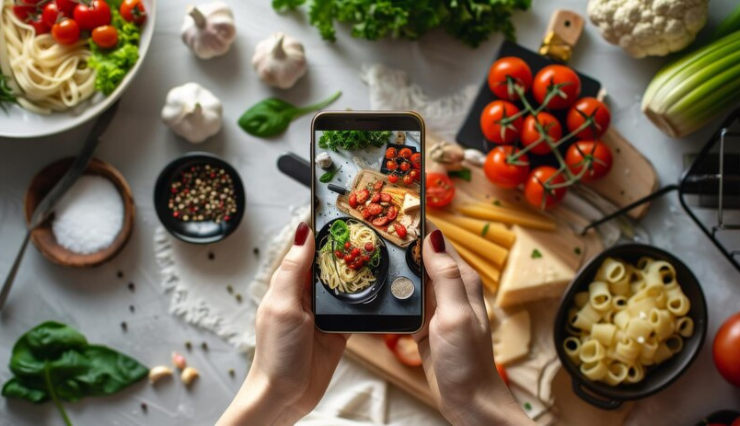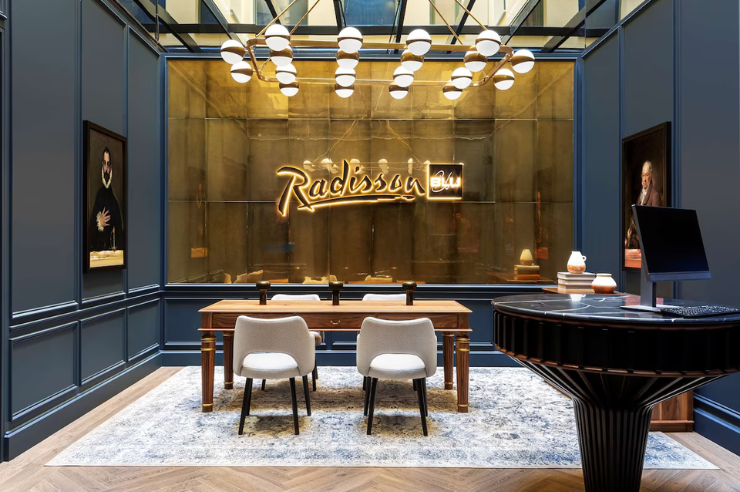Introduction
Food blogging has become extremely popular in the last ten years, transforming regular chefs into culinary stars. Recent data shows that there are more than 200 million food blogs around the world, and the amount is increasing. Food blogging has not just changed how we find recipes and dining experiences, but has also had a big impact on our eating habits and the food industry in general. This blog delves into the influence of food blogging and how influencers are molding our eating habits
The Genesis of Food Blogging
Origins: Food blogging emerged in the early 2000s, as early adopters started posting their recipes, cooking trials, and restaurant reviews on the internet. These initial bloggers set the groundwork for the future establishment of a huge internet community of food lovers.
Digital Evolution: Due to the advancement of digital technology, food blogging has transformed from basic text-based posts to content featuring various multimedia elements. Food blogs have become more accessible and appealing to a wider audience thanks to the inclusion of high-quality photography, engaging videos, and social media integration.
Milestones: Important moments in the development of food blogging include the introduction of social media platforms such as Instagram, which became a central place for food bloggers to share visually appealing content. The rise of video platforms such as YouTube enabled food bloggers to produce captivating cooking tutorials and recipe guides.
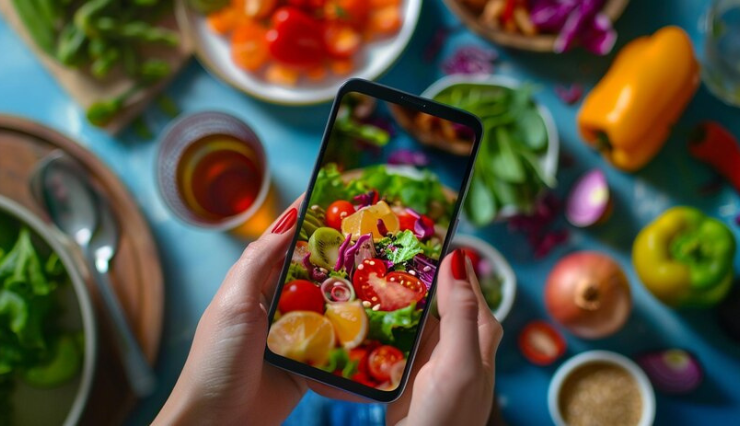
Influencers and Trendsetting
Trend Creation: Food bloggers lead the way in culinary trends by showcasing new ingredients, cooking methods, and dining experiences. Many popular food trends, including avocado toast and rainbow-colored foods, can be linked back to influencers in the food blogging industry.
Viral Recipes: Instances of popular recipes that have gone viral include the trend of Dalgona coffee and the well-known feta pasta on TikTok. Many times, a single influencer’s post initiates these trends which then rapidly circulate on the internet, motivating a large number of people to test them.
Social Media Power: Social media platforms such as Instagram, TikTok, and YouTube have expanded the audience for food bloggers, enabling them to engage with people worldwide. The platforms are perfect for displaying beautifully presented dishes and providing detailed cooking guides because of their visual aspect.
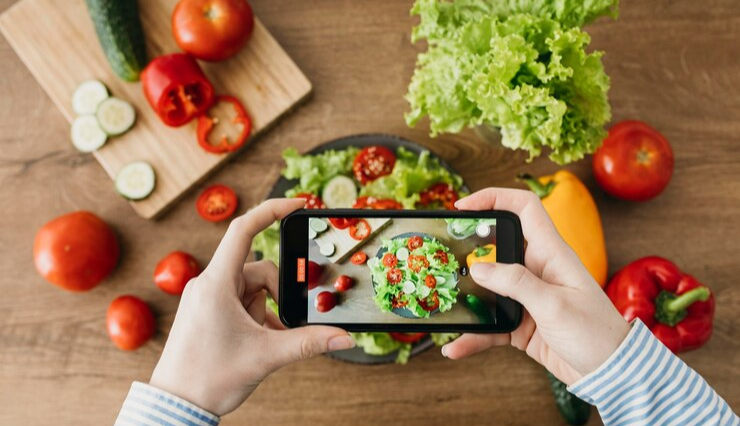
Visual Appeal in Food Blogging
Aesthetics Matter: The way food blogs are presented and their aesthetics are important aspects. The audience is captivated by beautifully presented dishes and high-quality images, motivating them to experiment with new recipes.
Photography and Videography: Successful food blogs must include high-quality photographs of food and captivating video content. These images enhance the attractiveness of the content while also offering important guidance to the readers.
Influential Imagery: Famous food pictures, like the beautifully swirled latte designs or the stretchy cheese pull from a pizza, can impact food fads and motivate many to make the dishes themselves
Health and Wellness Advocacy
Promoting Healthy Eating: Food bloggers have a crucial role in promoting healthy eating habits through sharing nutritious recipes and wellness advice. Frequently, they work together with nutrition experts and dietitians to offer precise and trustworthy health information.
Dietary Movements:Food bloggers have played a key role in making different dietary lifestyles, like veganism, paleo, and gluten-free diets, more popular. Their followers find these lifestyles more accessible and enduring through personal stories and practical advice.
Educational Content: Several food bloggers choose to educate their audience on nutrition, sourcing ingredients, and mindful eating. This educational factor assists followers in making informed decisions about their diets and overall health.
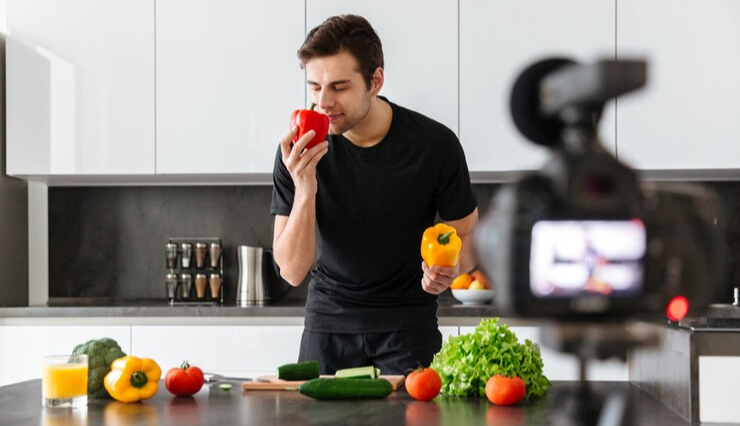
Future Directions
Innovative Technologies: It is probable that upcoming food blogging developments will involve the incorporation of advanced technologies such as AI and AR. These tools can improve content creation, offer customized suggestions, and develop interactive culinary experiences.
Sustainability Focus: Sustainability and ethical practices in food blogging are becoming increasingly important. Bloggers are becoming more focused on sustainable recipes, zero-waste cooking methods, and environmentally friendly products.
Continued Evolution: As the world of food blogging progresses, it will continue to be a strong influence on shaping the culinary industry. It is possible that upcoming innovations will provide food bloggers with new platforms, trends, and chances to impact how we eat and perceive food.
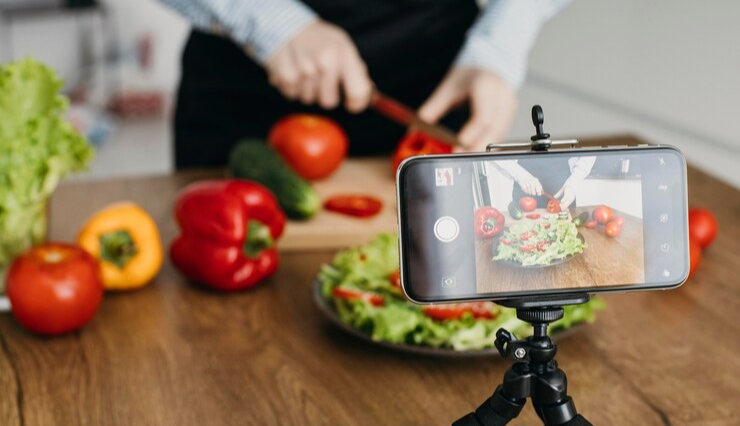
Conclusion
Food blogging has undoubtedly changed the way people approach food, impacting their dining decisions, cooking practices, and food fads. As influencers keep influencing how we eat, their impact on the food industry and consumer behavior will only increase. Interacting with food websites provides a wide range of cooking motivation and understanding, playing a crucial role in contemporary food trends.
Feel free to contact us to find out more about us and our services, explore who we are, or discuss advertising opportunities. Don’t overlook subscribing to our magazine for monthly updates, exclusive insights, and more exciting content!

